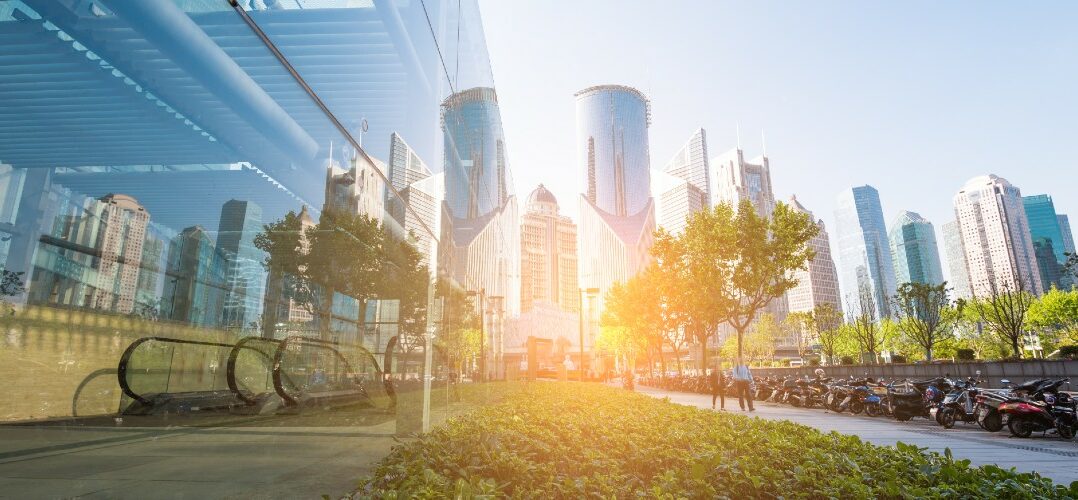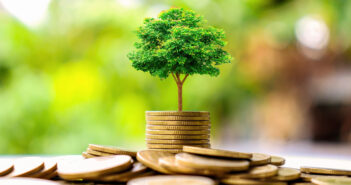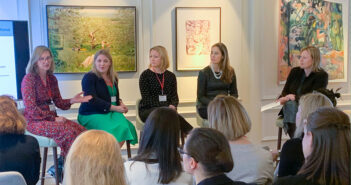When Hala El Akl, director in the London office of PLP Architecture, and an advocate of social value in the built environment, studied architecture at the American University of Beirut, it came quite naturally for her to read a double degree combined with social sciences.

“Social value has always been inherent to my practice. As an industry, we need to understand the impact of the urban environment on people,” explains El Akl, who went on to study as a postgraduate at Sciences Po in Paris and the LSE in London, qualifying as a planner and an architect.
When it comes to the built environment, social value is about creating a positive impact for the users and occupiers of buildings, as well as for communities. It is measured by how people engage with a space – whether a building or a neighbourhood – and how that space improves their wellbeing, or not.
The pandemic has brought renewed focus to the role of the built environment in creating a positive social impact; it has also laid bare the decline in mental health in the workplace and the exodus of residents from the big cities as people seek a better quality of life.
With most of us spending 90% of our lives in buildings, the built environment has a huge impact on how we feel and how we are. It has the power to nurture creativity and build cohesion, factors important for the workplace and for communities. The pandemic has only served to underline this, as shown by the work of CentricLAB, the London-based neuroscience research lab.
As an architect, I feel a fundamental responsibility to create better places – Hala El Akl, PLP Architecture
To measure social value, and to see how the methodology needs to be tweaked, requires looking at a broad range of factors, says El Akl. The factors chosen will vary from project to project and building to building, she adds. They range from physical and mental wellbeing, to biodiversity and the choice of building materials, from security to cultural infrastructure, and many, many more…
“As an architect, I feel a fundamental responsibility to create better places, and we know the negative impact that poorly designed buildings can have,” says El Akl.
The power of metrics to build trust
The cornerstone to creating social value is building trust, says El Akl. Trust among all parties, but in particular between the architect or developer and the tenants or community. “Trust that a building or a project will create a positive impact for the people who inhabit that space,” says El Akl.
“Building trust is about saying something and sticking to your word. With metrics, you can be held accountable; and it is that accountability that helps build trust. Without metrics, it’s like greenwashing, and saying, ok, I’m going to put a green wall here and then I can say my building is sustainable.”
As an industry, we are still a bit clunky because of the relatively long project timescales, but the more you interact then the more you will understand each other’s objectives, parameters and targets – El Akl
“It’s about embarking on a journey where the tenant or community know they can input on the vision at the beginning, that they can track the progress, and that the promises have been kept. This is a priceless journey.”
Beyond the metrics, building trust is also about:
- Creating a space for dialogue – in person and online.
- Considering every stage of the process, from the vision to the delivery.
- Including as many voices as possible at the table.
- Ensuring that the building/project stays relevant.
“As an industry, we are still a bit clunky because of the relatively long timeline of real estate development; but the more you interact – spend time together, listen, exchange – then the more you will understand each other’s objectives, parameters and targets; and then you can start to shape something together,” says El Akl.
Using tools to help measure social value
“A socially aware building helps create an ecosystem that makes a space desirable and which, in turn, makes buildings attractive to tenants, and neighbourhoods attractive to residents,” says El Akl.
The role of wearables in measuring health and wellbeing in the workplace was revealed with the release earlier this year of Use of Wearables in the Office, a report published jointly by PLP’s research and innovation arm, PLP Labs, and the British Council for Offices (BCO), together with the University of Reading and Loughborough University.
The more we invest time in creating a tool for a better dialogue … the more we are able to have a real impact – El Akl
Prior to the pandemic, PLP worked with CentricLAB and COMUZI design studio, both London based, to develop the open-source online engagement tool Know Your Health. The tool, launched earlier this year, helps tenants and communities have a better understanding of the impact of the environment on their health.
What is key is the understanding that the tool needs to be adapted for different buildings and projects. No one size fits all. “The more we invest time in creating a tool for a better dialogue, better engagement and better conversations, the more we are able to have a real impact,” says El Akl.
How the world of the built environment is evolving for architects
“The role of the architect is going back to what it used to be,” says El Akl. “The work of Le Corbusier, for example, was about matching how society was evolving: who does what within each unit, when and how. It was an anthropological approach to architecture.”
The role of the architect is going back to what it used to be … an anthropological approach to architecture– El Akl
Then we got lost in “object architecture” – in an era of “flamboyant, sculptural buildings”, explains El Akl, who puts part of the reason why this happened down to the influx of money into real estate and to the arrival of 3D design tools, with their inherent flexibility to experiment with shapes.
The success of a space is attached to how people engage with the building, how people appropriate it and how it improves their wellbeing – El Akl
This has now changed. “There is a lot more scrutiny and a shared commitment to creating social value. Investors want to know what they are building, and the impact on both the planet and on people,” adds El Akl. “Buildings need to be carefully crafted and respectfully integrated with the surrounding area.”
And what would El Akl say to any naysayers to the benefits of creating social value? “The cost is too high. If you design a building that the community rejects and people do not want to be in, you have failed financially as well as socially.”
Hala El Akl is on the jury for the MIPIM Awards 2021. The award winners will be announced at the MIPIM Awards 2021 Ceremony in Cannes on 8 September.
Top Image: Getty Images – WangAnQi



